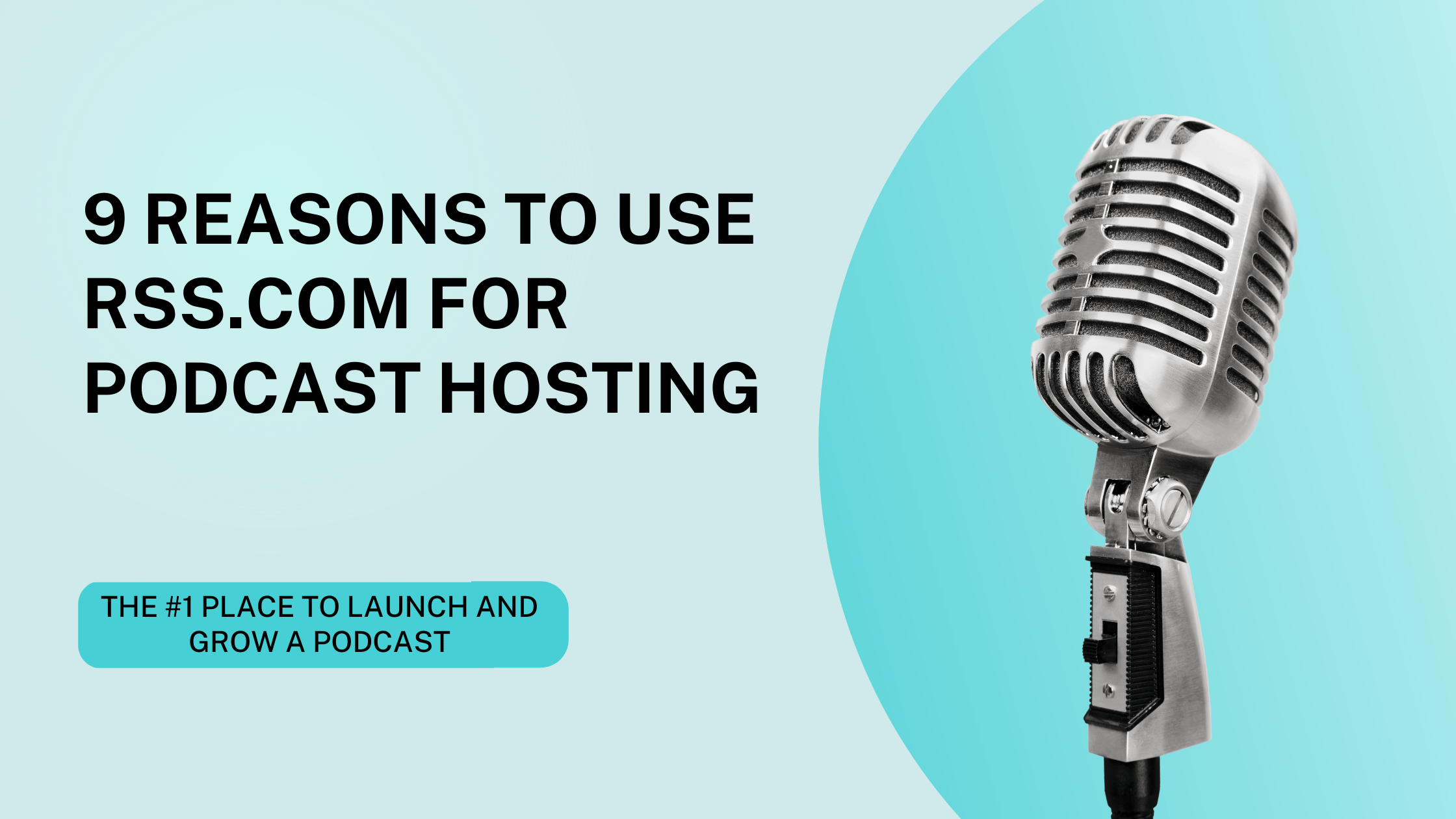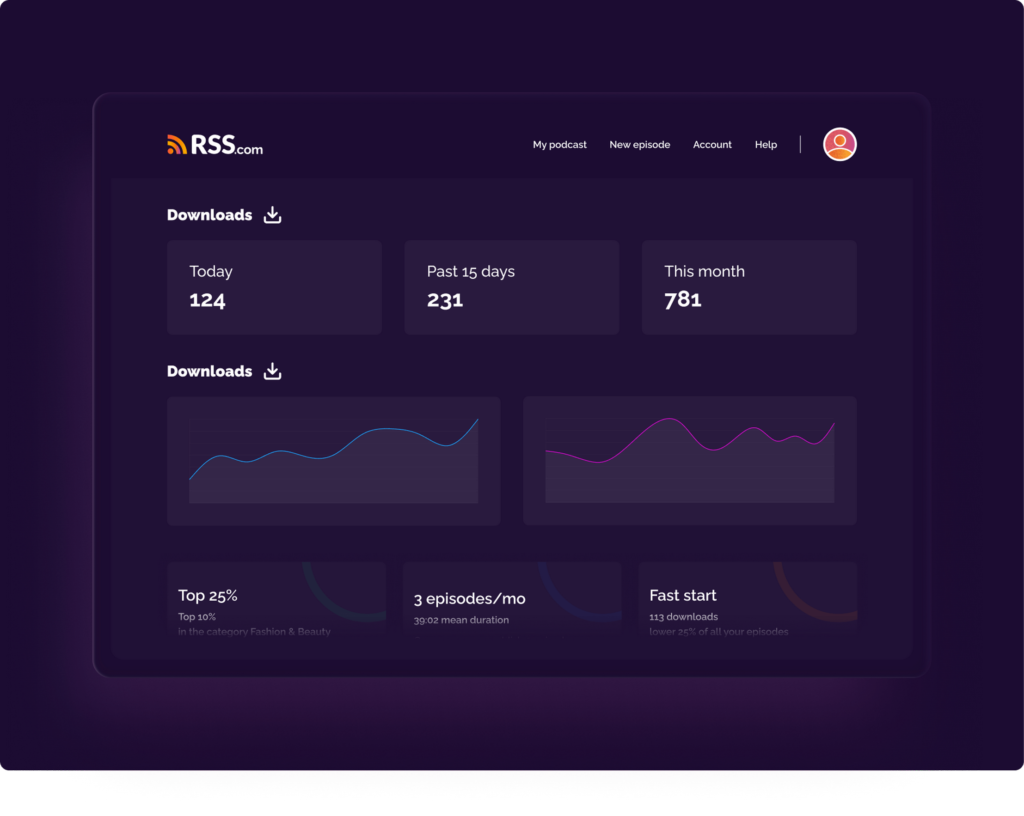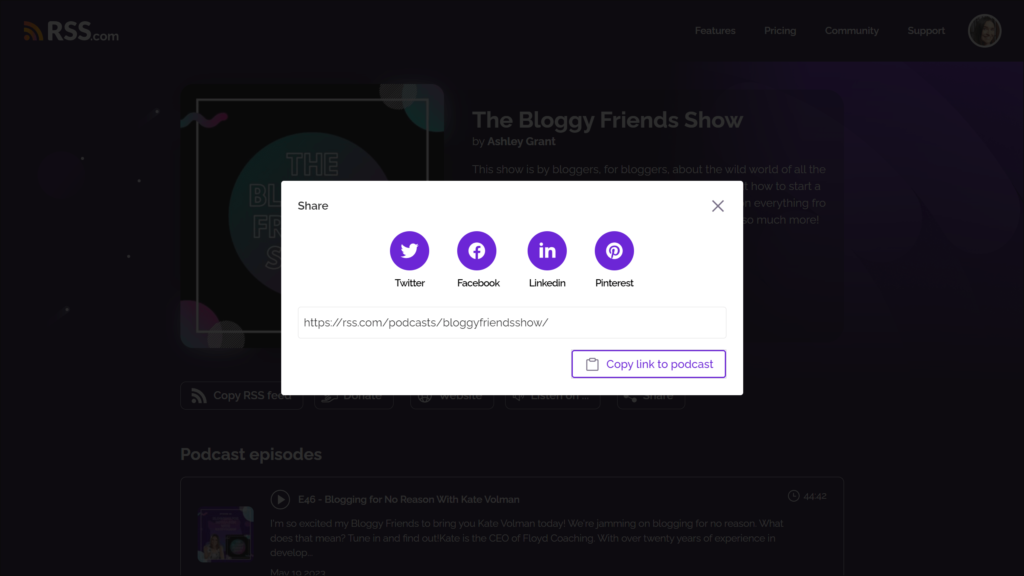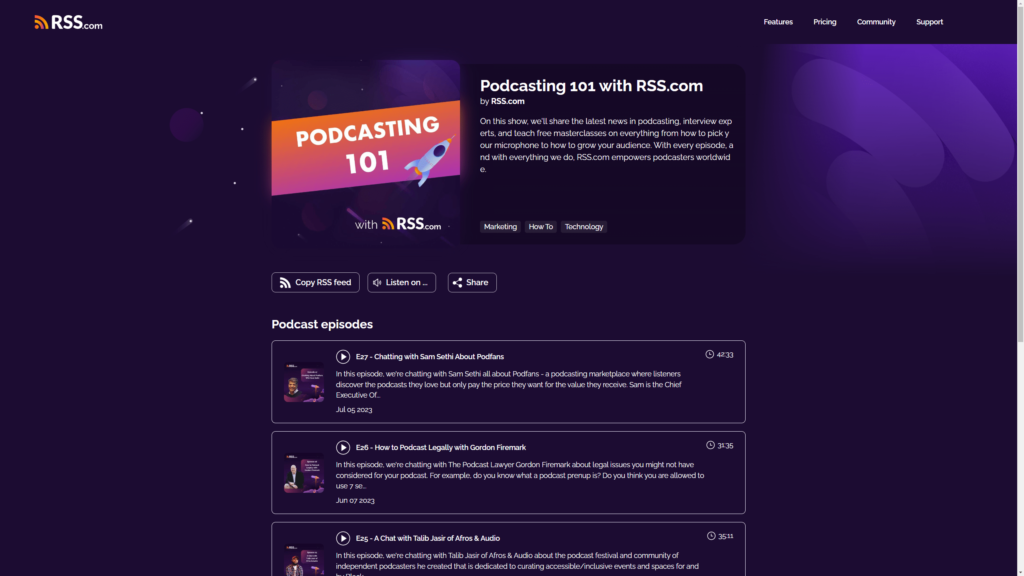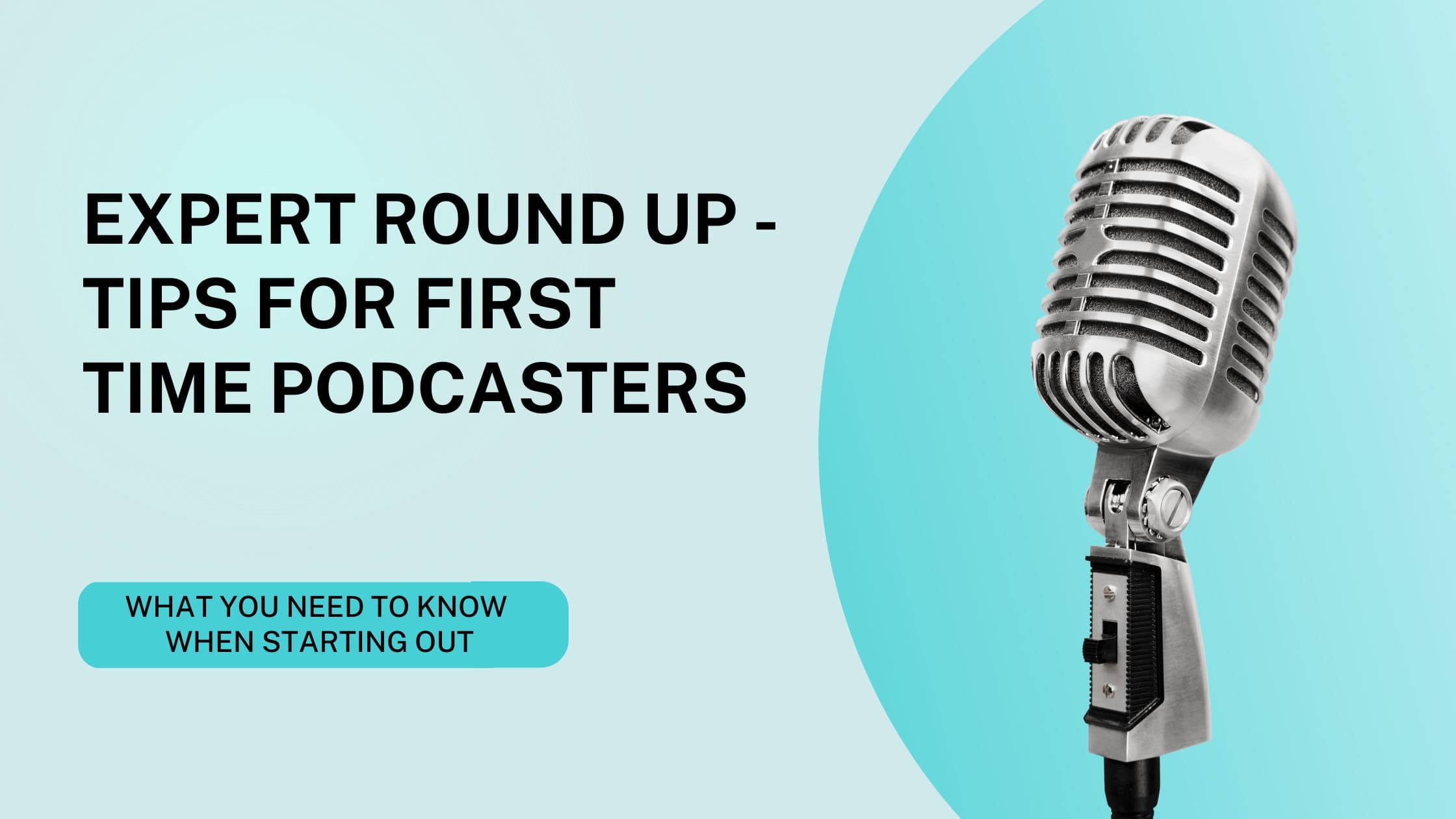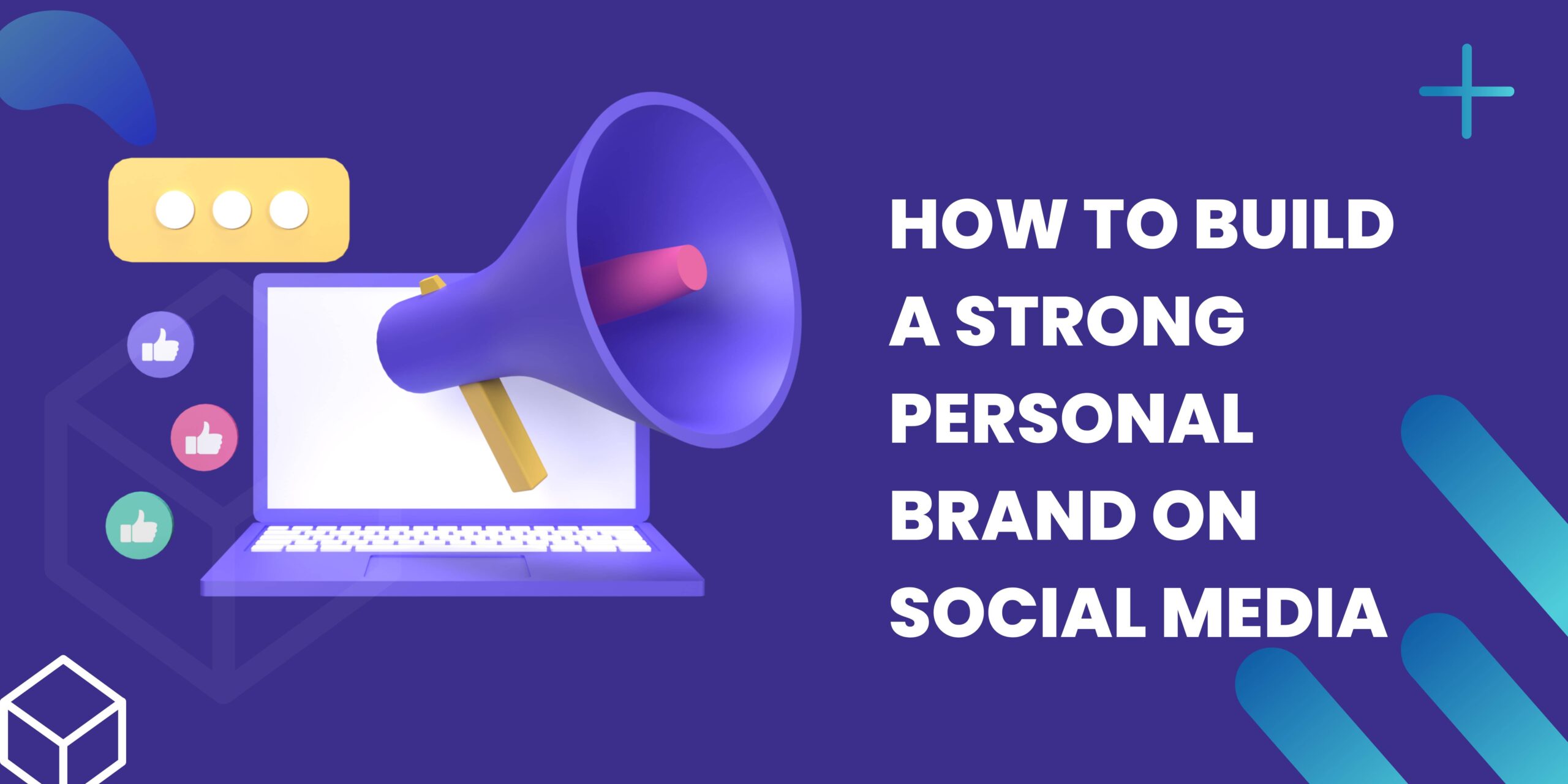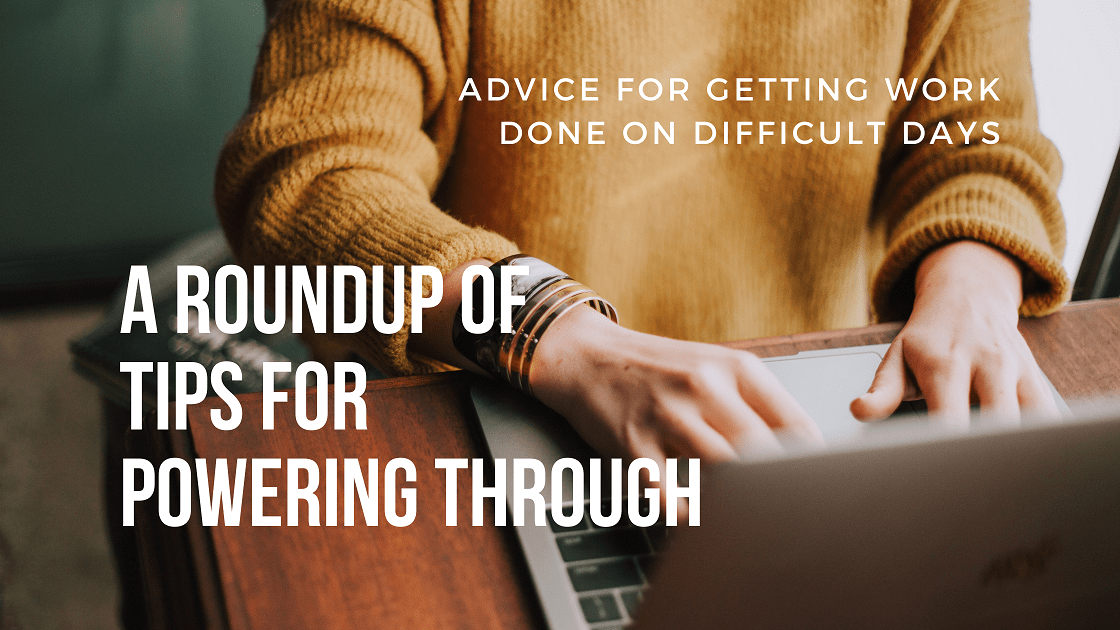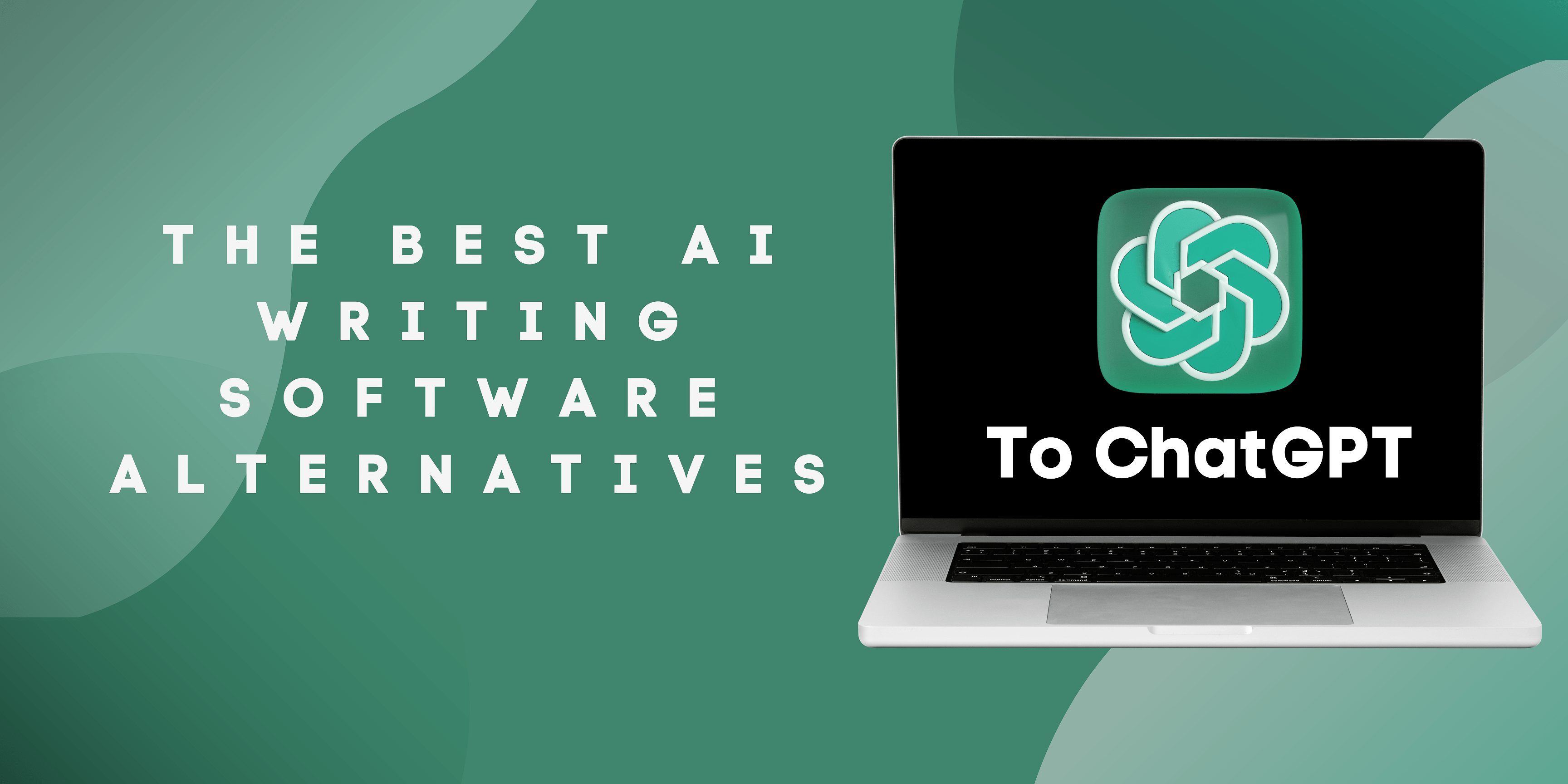Can you start an online business for five bucks? That’s what this post aims to answer. Read it and find out!
Frugal Marketer’s Guide to Starting an Online Business for 5 Bucks
If you spoke to most people interested in becoming online entrepreneurs, you’d see that many of them feel like their dream is far off in the future. The reason? A lack of money to invest in their business.
There’s a big myth that you have to have deep pockets – that you have to “spend money to make money” online, but nothing could be further from the truth. When listening to the advice of many who teach online marketing, you have to look at their intentions.
While some treasured few genuinely want to help others achieve their goals, some are just in it to line their own pockets – even if that means coaxing you into buying endless courses and tools you really don’t need.
The truth is, you can get started online for absolutely nothing if you want to. You can also purchase many courses and gadgets that will shortcut your success. But a more realistic and common sense approach is somewhere in between.
By spending just $5, you’ll have everything you need to get the ball rolling and begin seeing profits come in. With the right resources and a positive mindset, you’ll have no problem competing with those who are spending a small fortune to do the same thing you are.
Don’t let financial constraints force you to put off your dream. There are hundreds of people in the same boat who have gotten started on a shoestring budget and are now thriving because they didn’t allow anything to hold them back.

How to Learn Everything About Marketing without Spending a Dime
The learning process is probably the biggest area where new online entrepreneurs waste the most money. They feel confused and overwhelmed, so instead of trying to learn on their own, they simply buy into every single course that is shown to them.
There’s nothing wrong with wanting to get step by step guidance from what a course has to offer, especially if it is about a specific topic that is narrow enough to shortcut your learning curve.
But there are too many people who go into debt or who simply give up trying to pursue their dream of being an online entrepreneur simply because of the cost of learning this business.
The first thing you need to know is that there are many ways to learn what you need to know about Internet marketing. Every single thing, from how to start a blog or how to start a list can be learned for free.
This is the direction you should be taking whether or not you are on a strict budget when you’re first starting out. There is so much information that you can absorb at no cost, and later you can reinvest in your business when you want to level up and gain more specific knowledge.
Whenever there’s something you want to know, you have many resources available to you that won’t cost you a thing. Start by getting on the subscriber list of top marketers who you feel have something valuable to share with you about the topics you want to learn.
For example, there are marketers who specialize in teaching email marketing, some who specialize in search engine optimization, and so on. Sign up to their list for their free gift, which is often very valuable and comes at no cost, and then pay attention to the information that they send out to their subscribers.
You want to stay subscribed to people who provide value to you in your journey. Just because you are on their list, it doesn’t mean you have to buy anything and everything they present to you.
The second place you can go to learn when you are on a budget is the blogosphere. Going to different blogs of top Internet marketing experts is a great way to learn detailed information about how this business works.
Likewise, you want to follow these same individuals on their social media accounts. Whether it’s on YouTube or TikTok, Facebook groups or elsewhere, they will often share tidbits of strategic information that can help you without overwhelming you like a course would.
If you don’t have specific people that you want to follow yet, you can always go to a platform like YouTube, which is the second largest search engine in existence, and look up the information you want and go through several videos to see who teaches the concept the best.
There are also many marketing forums that you can join online. These often have specific sections for different concepts like content marketing, social media marketing, search engine optimization, and so on.
This gives you the opportunity to speak up and ask for help or clarification whenever you feel confused about a certain concept. You’ll also be able to read what others are posting, because sometimes you don’t know what to ask or what is missing from your knowledge.
With many things, such as email marketing, the platform or tool that you are using will have a built-in knowledge bank that you can access that will teach you just about everything you could hope to know at no additional cost.
For example, if you sign up with a company like AWeber for your email autoresponder system, they have a Knowledge Base on their website that answers all kinds of questions about this particular topic.
They have an entire section on how to get started (which includes driving traffic to your site), ecommerce tips (such as how to boost sales with your autoresponders), account management, anti spam tips, technical issues like APIs, automation with email marketing, campaigns, and more.
What’s great about AWeber, for example, is that not only do they answer your questions, but they give step-by-step instructions, complete with videos or screenshots to show you exactly what to do.
The interlinking between tutorials is also great. So if they mention something you don’t know about yet, you can follow the link to learn more about it. For example, on the AWeber knowledge page answering the question, “Can AWeber host my form,” they link out to a related page teaching you different options for how you want to publish the form and a page on creating your form.
Learning as an Internet marketer is an ongoing process. There’s always going to be new things to learn – new strategies, new tools, new platforms. If you have to pay every time you wanted to educate yourself about everything, you’d stay broke!
Choose a Niche That Doesn’t Require You to Spend Money Upfront
Niche selection isn’t a task that requires you to pay for coaching advice or for a tool that promises to nail down the exact niche topic that has the lowest competition with the highest demand.
Contrary to popular belief, there’s a much more effective organic way to go about picking your niche that won’t cost you a cent. And you don’t have to choose a niche that has any sort of upfront financial investment associated with it, like a multi level marketing one, either.
You want to choose a niche that is rooted in your own passions, expertise and interests. You’ll be able to enthusiastically share information with your core audience when these things are in place.
Even if there’s plenty of competition, you don’t have to abandon your passions – because no one else will have the same voice and insight or opinions as you do. You’ll have your tribe of loyal followers, and the competition will have theirs.
Sometimes, there will be crossover, too – because consumers often want to follow more than one niche expert whenever they need guidance. You probably do the same when you want to know something.
You can research the niche for demand and profitability without having to invest in high ticket tools that do it for you. You can see what bestselling lists have on them in your niche.
You can witness firsthand whether or not there’s an active and engaged audience on social media and elsewhere for the niche topic you’re considering getting into. There are free keyword tools that will help you figure out how consumers are looking for information.
Even a typical niche forum will show you what people want to know, what they’re finding in the marketplace that they love, and also what they’re disappointed with or what they feel is lacking.
The abundance (or lack thereof) of products being sold in a niche will be very telling. Whether it’s digital or tangible, if there are too few products, it won’t be a good sign that your niche is thriving.
The niche you choose might depend on which business model you plan to pursue, too. If you’re simply promoting as an affiliate, you can get started without having to buy any products that you’re going to review.
Of course, it’s always a good idea to have some products you can review personally, but you can get digital review copies or promote tangible items you already own. You might have more trouble if you start off as an info product creator.
If your plan is to create a video course showing people how to live in the wilderness for survival, it’ll be hard if you don’t have any tools to show them what to do. But you could always write an eBook and use stock images instead if you wanted to.
The Only 3 Things You Need to Start an Online Business for Five Bucks

In the beginning, all you need are three simple things, and even these aren’t a requirement. Technically, there are business models you can start on social media, but it would be more difficult for you to have an info product launch without a domain and hosting of your own.
So the domain name, hosting and email autoresponder system are where you want to start. Let’s go over these – the cost, why you need them and what to do with them once you have them for your business.
Domain selection should be keyword relevant to your niche topic. You want to go with a dot com domain, not another extension, so that it’ll be easy for people to remember and type into their browser.
You can shop around for the best domain registrar deals, and sometimes you’ll find a good coupon code to use. Even if you don’t, domains only cost about $12 a year (so that equals just $1 a month).
Certain domain registrars, like GoDaddy, usually have coupon codes for first time buyers. You can find $0.99 dot com domain codes for this platforms, which will give you a significant savings – just go to Google and search for a current code.
When you buy your domain, it’s going to try to upsell you on everything. From page builders to emails, you can decline all of it because you won’t need it. You’ll be able to create emails right in your cPanel, and install WordPress for free to build your pages.
Hosting is another thing you’ll need to spend money on – one of only two items needed to put you on the right path to earning money online. With hosting, similar to domain registrars, it’s going to make it sound like you need to include all of the add-ons, but you don’t.
Go with a simple, basic plan for just one website. It should cost you no more than $4 a month, maximum. Don’t worry about whether or not you may need more hosting down the road.
Hosting companies are more than happy to take your money whenever you need to level up – all you have to do is change your plan when that time comes. You don’t need private servers or anything else fancy, just the basics.
A good email autoresponder system is also needed, and this isn’t going to cost you anything in the beginning. Only once you start growing your list to 500 or more subscribers will they even ask you to start paying, and you’ll be able to reinvest your earnings into your list building and email marketing efforts at that time.
Once you get your domain, hosting and email autoresponder, you can connect everything together to start working for you. You’ll grab the server IDs from your host and change those settings with your domain registrar.
You can install WordPress on your domain by logging into your cPanel through your hosting around. This will allow you to start building your website and brand. You can create a landing page where you’ll host your opt in form from your email autoresponder system.
Free Tools to Help Maximize Your Earnings

There are other tools that can help you with your business, and none of them will cost you anything. Are there higher level paid tools that do the same? Of course! But to get started, you don’t need to pay for any of these.
First, you can find plenty of free keyword tools. When you see promotions from marketers for keyword tools costing you hundreds of dollars, just put that on the backburner for a day and time when you can reinvest your earnings.
It might be a tool that does more in terms of a competitive analysis, but you only need the basic functionality of keyword research to get started. In addition to the free keyword tools, even Google and Amazon and other platforms will serve as good keyword research for you.
They will autofill with various answers for what people are searching for if you get the ball rolling and start to type in a keyword. You may not get the same level of competitive analysis in terms of how easy or hard it is to rank for a phrase, but it will do a good enough job to give you a list of words to target in your content marketing, hashtags, and other areas of your business where keywords come into play.
Artificial intelligence (AI) tools have burst onto the scene and now everyone and their grandmother has a paid product being sold that claims to be the world’s first, most intuitive gadget.
And while many of the bells and whistles might be attractive and enticing, they’re not needed. You have free AI tools readily available to you 24 hours a day, 365 days a week.
You can sign up ChatGPT or use Google’s Bard at no cost. These tools can help you in a variety of ways with your online business. It can help you strategically, such as sizing up your competition, it can help with content creation in a variety of multimedia formats, it can help with research of your niche, demographic – and more!
Need tools to help you make graphics? Don’t worry about outsourcing costs or expensive tools. You can use free tools like Canva, which even have hundreds of free templates built in, for all your designer needs.
If you need photos for your designs, or for your blog posts or social media content, don’t worry about paying for stock photos – just use a free stock photo site instead. They may not have quite as big of a selection, but they have something for just about every niche.
What about video editing tools? If you want to use YouTube or other forms of video, like for your products, you want to polish them to perfection. You don’t need expensive video editing software like Camtasia.
You can use a freeware version like CamStudio instead. You’ll be able to do most of the same things, but it comes at no cost to you. And there will be videos online to show you how to use it, too.
There are even free productivity, project management and organization tools you can use to help you achieve more and stay focused. Some help you with note-taking, others help you organize your project (such as a mind mapping tool), etc.
Rapid Monetization Strategies to Start an Online Business for Five Bucks
When you’re starting out as a new Internet marketer on a shoestring budget, your goal will be to begin profiting as quickly as possible, for the least amount of money possible. So let’s look at some quick monetization strategies you can use when you’re just getting started.
The reason you want to get your profits coming in quickly is so that you can set aside a portion to reinvest in your business whenever you do find something that is worth paying money for, whether it’s a course, tool or coaching.
First and foremost, if you have content being published to your blog, you can go ahead and implement an easy ad revenue strategy. This requires you to do nothing more than sign up with a system like AdSense and then insert some code onto your site so that ads will automatically display to your audience.
You’ll be earning every time someone clicks through on an ad that is shown on your side, helping you generate income on autopilot. Compare the different ad networks and figure out where the best place would be to position your ads so that you monetize all of the content you are churning out.
Another quick way to make money as a new online entrepreneur is to offer some sort of services. When your clients are other marketers who are a little more successful than you are, they will be willing to pay for you to handle some of the tasks they no longer have the time or talent to do on their own.
Plus, when you work as a service provider, you often get a 50% down payment, which you can immediately use for your financial needs or to set aside to reinvest in your business.
This is a less risky business model because if you are on a platform such as UpWork, they will use an escrow system that retains the money for you on behalf of the client to ensure that the work is done to their satisfaction.
If you want to go into the service provider business, you can work as a ghostwriter, a graphic design specialist, or even a virtual assistant. As a ghostwriter, you will be writing things like blog posts, email autoresponders, lead magnets, social media content, info products, and more.
Sometimes, you may be asked to write sales copy, but just know that that will usually pay more as a service provider then other forms of content, so you’ll be able to charge more for this service.
As a graphic design artist, you may be asked to create banner ads, social media headers, eCovers, and other graphics that represent products and other things the client needs.
As a virtual assistant, your job will be to handle a lot of the drudge work that the marketer doesn’t have to employ. This could include things like conducting research, uploading content to the blog or social media profiles, answering emails, and more.
As a service provider, you can use your domain to showcase your services. You can also networking using word of mouth to find reputable clients. If you are using one of the freelance platforms, they will often have options for you in terms of payment.
For example, some platforms will simply take a small portion of your payment as a fee, and others will have various levels of use, such as a free account where you have limited amount of bids for projects, and top tier accounts where you have to pay for unlimited bidding capability.
Affiliate marketing is also a fast monetization strategy, but it all depends on how you go about it. For example, if you are waiting for content on your blog to rank well in order for you to earn, that’s going to take longer than if you build a following on social media quickly.
You’re also going to find that some platforms are going to take a lot longer to pay you as an affiliate than others. For example, if you are promoting a digital info product, you may get paid faster by the vendor than if you were promoting a tangible item on amazon, which is going to take at least 60 days for you to get paid.
You’ll have to take advantage of any traffic generating strategies that will help you make money more quickly, whether it’s with ads, services, or affiliate marketing. Do your best to satisfy customers and clients so that you get repeat business.
Pay attention to the results of your offers and campaigns so that you can tweak things along the way and improve conversions. This will allow you to earn more, faster than if you simply ignored the metrics and analytics.
As you gain steam with your business, you can find ways to scale up your business and grow it into something more formidable. For example, you may be able to reinvest your earnings for your affiliate marketing business and hire a ghostwriter to double your output.
Newbie Blog Marketing to Build Your Brand and Start an Online Business for Five Bucks FAST

Once you own your domain and hosting, and you have installed WordPress, you’ll be able to engage in daily blogging that will boost your brand with your target audience. Content marketing can be done in many different places, such as on social media or in emails, but you should always have a focus on building your domain into a hub of information that showcases your knowledge.
Some newbies mistakenly focus solely on their social media profiles. The problem with this is that a third party entity owns it. That means you have no control over whether or not that account even exists.
Many online entrepreneurs have woken up one day to find their entire profile, and all of the content that they created for it, deleted without explanation or any form of recourse. When you own your domain and the content on your blog, you will be in full control over whether or not it stays operational.
By blocking on a regular basis, you are going to begin ranking well in the search engine results pages (SERPs) where you will enjoy organic traffic to your site from the people who are using search engines to find information about your niche.
Of course, in order for this to work, you have to learn and utilize search engine optimization strategies. This includes a mix of making sure your blog is mobile friendly, that it works on different browsers, that your content is thorough and engaging, and that your on page SEO is technically set up right to give your users a positive experience.
You don’t need any fancy or expensive SEO tools or courses. Google will publish their guidelines free of charge, and there are many YouTube videos and tutorials online to teach you what you need to know to stay current with recommendations.
The free keyword tools that you can use will help you with your efforts to be found by your target audience, as long as you incorporate them strategically within the content on your blog.
The main thing you want to remember is that your blog is supposed to share value with your readers. As long as you understand the technical aspect of optimizing your site, you can focus more on the value that you provide, so that your credibility as a leading niche expert soars.
When you begin blogging on a regular basis, you’ll find that you can be more efficient if you map out your topics ahead of time and engage in some batch work period this will allow you to queue up your posts to be published on autopilot for you while you work on other areas of your business.
You can also incorporate plenty of engagement with your audience, and you can build a list directly from your blog so that people who become subscribers get access to gated content that you keep password protected on this domain.
If you have the opportunity, you may want to approach others for – or agree to – a guest blogging situation, where each of you take over the other person’s blog for a day, in exchange for a byline that links back to your site.
This is a good way to expand your reach within the niche, and get exposure to people that have not yet discovered you. When your blog begins gaining traction with free traffic, you want to make sure that you analyze it’s performance so that you can see which posts are going over well with your audience, and which are being abandoned or ignored.
This will allow you to tweak your efforts, whether it’s your content layout, your optimization strategy, or something else so that this particular blog post can begin performing for you as you hoped it would initially.
No-Cost Email Marketing to Empower Your Business
As we stated previously, email marketing should not cost you anything in the very beginning. There are many platforms that will allow you to build a list and begin emailing them at no cost up to 500 subscribers or for a certain amount of time.
This allows you to start building a list of targeted subscribers that will convert well for you whenever you promote things to them. That way, when the time comes and you reach your limit of 500 subscribers, you’ll be able to afford to pay for the first tier that will usually take you up to 10,000 subscribers before you need to level up again.
With email marketing, you are going to be able to immediately contact your target audience any time you have something of value to share with them, or something to promote to them as a vendor or affiliate.
You don’t have to wait for them to happen to stumble back on your blog, or to see something on social media. Your email will hit their inbox, and as long as you have crafted the subject well, they will open it.
With email marketing, it’s important to focus on the value that you are giving your readers. Although this is important everywhere, such as your blog, it’s even more important when you are landing in their inbox because they may view it as spam if it is bothersome and not providing any value to them.
You can use the free learning techniques mentioned earlier to begin absorbing information about how to master email marketing. Select a tool that you plan to be with long-term, because you don’t want to risk losing any subscribers if you switch to a new email system.
There are several areas you want to study specifically. First and foremost is your subject line. If your emails are not opened, or they are not able to pass spam filters, then the rest of your message will not matter.
Next, you want to find out how to use personalization and storytelling in your emails. This is an effective way to build a rapport with your audience, and build loyalty with them as well.
You also want to study the best way to write persuasively, including crafting a strong call to action that will instruct the reader about what they need to do next. Strategically, you want to make sure that your subscribers feel as if they are well taken care of.
This means you give them exclusive discounts, free resources, and other incentives that will keep them on your list and make them appreciate the value that you provide. Keeping them up to date with new and interesting things in your niche is a great way to ensure they open your emails and absorb everything you have to say.
This is an area of your business, similar to blogging, where you can also automate much of the process. You can queue up emails that will drip out to your audience whenever they sign up to your list, so that you don’t have to be hovering over this task on a regular basis.
It’s also a great way to maximize your monetization strategy because you’ll be able to segment your subscribers from one another so that each message you send out is specifically tailored to their needs, resulting in higher conversions for you.
Most reputable autoresponder systems have built in templates and structures that will allow you to put together a landing page and form that will put people on your list. They also have features such as split testing so that you can improve upon your efforts and learn the strategies that work best for your target audience.
Mastering Social Media Marketing for Free

While you may have to pay for a domain and hosting to have your own blog presence, social media platforms give you a free account. However, keep in mind what we said earlier – you do not own these profiles, so you always want to use them with caution and abide by the rules they set forth.
No matter what niche you are in, chances are your audience is on one or more social media sites or apps. Sometimes, they will be lurking where you didn’t even know they would exist.
For example, you might expect the gardening niche to have many followers on YouTube, but you may not expect them to be as prevalent on TikTok, which they are. So you want to make sure that before you start creating content on any social media platforms, you do some investigation to find out how many people are looking for content there, and what kind of content is going over well with the target audience.
You’ll find that with social media marketing, you want to put forth bite sized information that is valuable to your target audience so that you build a brand that is recognized by followers as being one of their favorite of content creators.
You can start a free account on Facebook, and not only have a profile there, but also have a business page and a group for your niche topic. This allows you to build a community within the social media platform, but it can also be wiped out in an instant, so make sure you have those people on your list as well.
One thing you’ll find when looking at the different social media platforms is that some of them use multiple media formats, and others only one period for example, YouTube has videos, but Facebook allows you to post text, images, and even live stream to your audience if you want to.
When you are using some of these platforms, such as YouTube, you have to go to the same effort to optimize your channel and each individual video just as you would with your blog posts on your domain.
Even on other platforms like TikTok, you want to make sure that you are using certain keywords and hashtags that will easily get found by your target audience whenever they are looking for information there.
Try to make sure that your branding is identical across all of the different platforms you are using. You don’t have to spread yourself thin and use platforms where your audience is not as prevalent.
You can also use some tools when you have the funds, such as Hootsuite, that will allow you to automate the process of your social media marketing whenever you’re ready to scale up.
Whenever you begin building your presence on social media sites, you’re going to find that you start building a following, and eventually achieve the status of influencer. You might be a micro level influencer, or a big influencer, that your followers will look to you for advice and take your recommendations for any sponsored content or collaborations you engage in.
This means you have a responsibility to them to make sure you present the best offers and options for their needs, so that you don’t ruin your own reputation in the process just for a quick buck.
Powerful Info Product Income for Shoestring Budgets
As long as you have your own domain, you’ll be able to launch your own info products. In fact, even if you don’t have a domain, you might be able to partner up with someone, as you’ll see in the next section, who will host the product for you in the event you don’t even have $5 to invest in your business in the beginning.
There are many benefits to developing your own line of info products. First and foremost, it’s a great way to build a list so that you can earn money from those subscribers for the coming months and years.
It’s also a good way to get a quick burst of money up front. You have to factor in the time it will take you to create the product, but after that, during a launch, you’ll be able to see a boost and your income and from that point on, a stream that builds with every subsequent launch you create.
You’ll also be able to recruit affiliates to promote for you. This will allow you to put their subscribers on your list, and in exchange for 50% of the sale, you’ll be able to increase your income significantly.
If you go this route, you want to take time to learn the ins and outs of info product creation and what people are looking for in your niche. For example, they may want a video course, but you can create a text based guide to go with it.
When you have an info product that you are selling, you usually add to your income by having a funnel of upsells and downsells. And keep in mind, whenever you create an info product, the pages or modules of the product can also include recommendations of items that you are promoting as an affiliate or those that you have previously created as a vendor.
Strategic Networking to Help Profits Soar
Networking is going to serve you very well as a new marketer on a budget. You don’t want to wait until you have some sort of clout to reach out to others and speak to them. Instead, use networking to your advantage from day one.
Keep things professional and don’t become a pest who demands that someone else hold their hand every step of the way. Always approach people with the offer to give back – whether it’s sharing a link for them, doing some of their drudge work, etc.
Fellow marketers in this industry, and specifically in your niche (even if they’re competitors) can serve as great resources for knowledge. If you have a question, all you have to do is ask someone you’ve become friends with.
You can also recruit people as affiliates easier if you’ve been networking with them. This simply means you befriend them on social media, and interact with their posts, and with them periodically via private messenger.
When you find the right people to network with, you’ll find that sometimes, a perfect collaboration unfolds and you’re partnering up on a project – each bringing something unique to the offer.
Networking is also a great way to get invited to special events like webinars where they ask you to serve on the guest panel as an expert, or giveaway events where they ask if you want to submit something as a participant to grow your list.
Being a marketer on a shoestring budget is nothing to be ashamed of. In fact, it shows your determination to succeed in spite of not having the same resources as the competition.
But as you’ve seen, there’s an easy way to level the playing field if you’re willing to do the work and use all of the free resources and strategies available to you. Then, you’ll have a more discerning eye for when and how you spend your earnings whenever you want to reinvest in your business.
It will be prioritized better for you based on your needs. You will have had experience in the industry and know where your skills and talents lie, where you need your time freed up, and so on.
Instead of just blindly buying everything that’s recommended, you’ll pick and choose where your money is spent more carefully. You will also have time to get a feel for who has reputable courses and tools.
Many new online entrepreneurs don’t know who should be trusted or whose work is genuinely worth the investment. Remember, you won’t just be pouring money into these courses and gadgets, but you’ll waste time, too.
It needs to be well worth your effort. And as you’ll soon see, you’ll be able to master much of this on your own without any additional guidance. When the time does come for you to level up, you can repeat the process of trying to find good free information.
If it’s not available, then you can consider your options to invest in something worthwhile. Sometimes, spending money isn’t the answer at all. Sometimes, it’s time you need to spend figuring things out, testing your strategies and tweaking things along the way.
Everyone, whether they have an unlimited budget or not – should be a frugal marketer looking to cut costs and learn by doing rather than chasing each shiny new object that grabs their attention.




